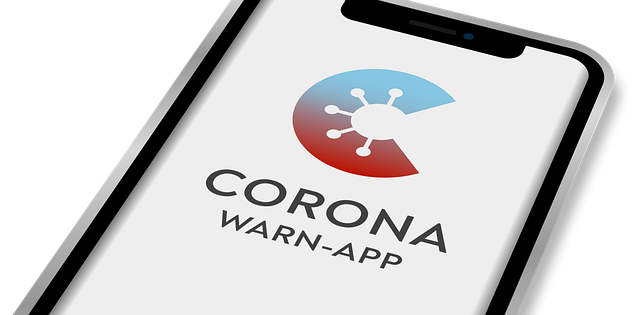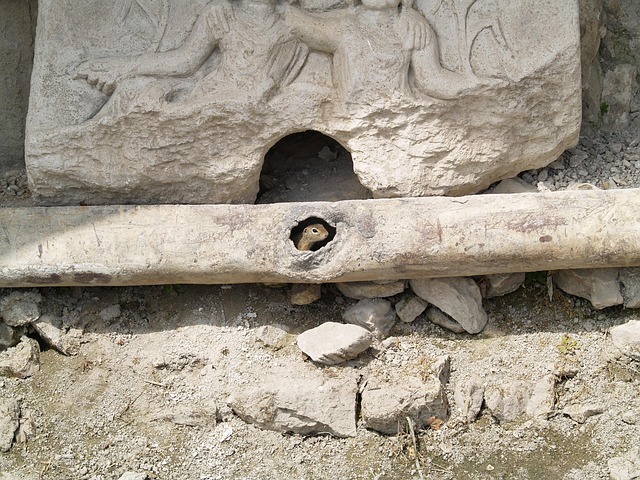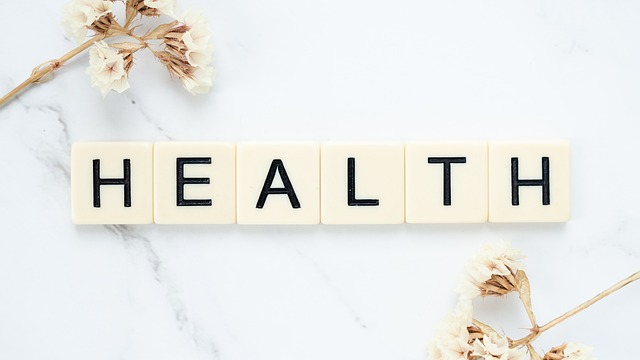
Ovarian Cysts
Understanding Ovarian Cysts
Ovarian cysts are fluid-filled sacs that can develop on or inside the ovaries, and while they might sound intimidating, most are harmless and often go unnoticed. 🌸 These little growths are quite common among women of reproductive age, and many will experience them at some point in their lives. Let’s dive into the world of ovarian cysts, exploring what they are, their symptoms, and how they can be managed.
Types of Ovarian Cysts
There are several types of ovarian cysts, but the most common ones include:
- Functional Cysts: These are the most typical type and occur during the menstrual cycle. They usually resolve on their own.
- Dermoid Cysts: These can contain various types of tissue, such as hair or skin, and are usually benign.
- Cystadenomas: These develop from the ovarian tissue and can be filled with a watery or mucous fluid.
- Endometriomas: These are linked to endometriosis and can be painful, as they form from endometrial tissue.
Symptoms to Watch For
Most ovarian cysts are asymptomatic, meaning they don’t cause noticeable symptoms. However, if a cyst becomes large or ruptures, it can lead to discomfort. Here are some signs to keep an eye on:
- Pelvic pain or discomfort
- Abdominal bloating or swelling
- Menstrual irregularities
- Pain during intercourse
- Difficulty emptying the bladder completely
If any of these symptoms become severe or persistent, it’s essential to consult a healthcare provider for further evaluation. 💖
Diagnosis and Treatment
Diagnosing an ovarian cyst typically involves a pelvic exam and imaging tests, like an ultrasound. This helps determine the size and type of cyst present. In most cases, treatment may not be necessary, especially if the cyst is small and asymptomatic. However, if a cyst is causing issues, options may include:
- Watchful Waiting: Many cysts resolve on their own, so monitoring may be all that's needed.
- Medications: Hormonal birth control can help prevent the formation of new cysts.
- Surgery: In cases where cysts are large or causing significant pain, surgical removal may be necessary.
Living with Ovarian Cysts
For those diagnosed with ovarian cysts, it’s important to maintain regular check-ups with a healthcare provider. This can help monitor any changes and ensure that everything remains in good health. Additionally, adopting a healthy lifestyle, including a balanced diet and regular exercise, can support overall reproductive health.
Prevention Tips
While not all ovarian cysts can be prevented, there are steps you can take to reduce your risk:
- Schedule regular pelvic exams to catch any potential issues early.
- Consider hormonal birth control if recommended by your healthcare provider.
- Stay informed about your menstrual health and report any unusual changes.
Final Thoughts
Ovarian cysts are a common part of many women’s health journeys, and understanding them can help alleviate fears. Most are harmless and resolve without intervention, but staying informed and proactive about your health is key. Remember, your body is unique, and listening to it is essential. 🌼

















 Evaporation Lines and Faint Positives
Evaporation Lines and Faint Positives 
 Health
Health  Fitness
Fitness  Lifestyle
Lifestyle  Tech
Tech  Travel
Travel  Food
Food  Education
Education  Parenting
Parenting  Career & Work
Career & Work  Hobbies
Hobbies  Wellness
Wellness  Beauty
Beauty  Cars
Cars  Art
Art  Science
Science  Culture
Culture  Books
Books  Music
Music  Movies
Movies  Gaming
Gaming  Sports
Sports  Nature
Nature  Home & Garden
Home & Garden  Business & Finance
Business & Finance  Relationships
Relationships  Pets
Pets  Shopping
Shopping  Mindset & Inspiration
Mindset & Inspiration  Environment
Environment  Gadgets
Gadgets  Politics
Politics 